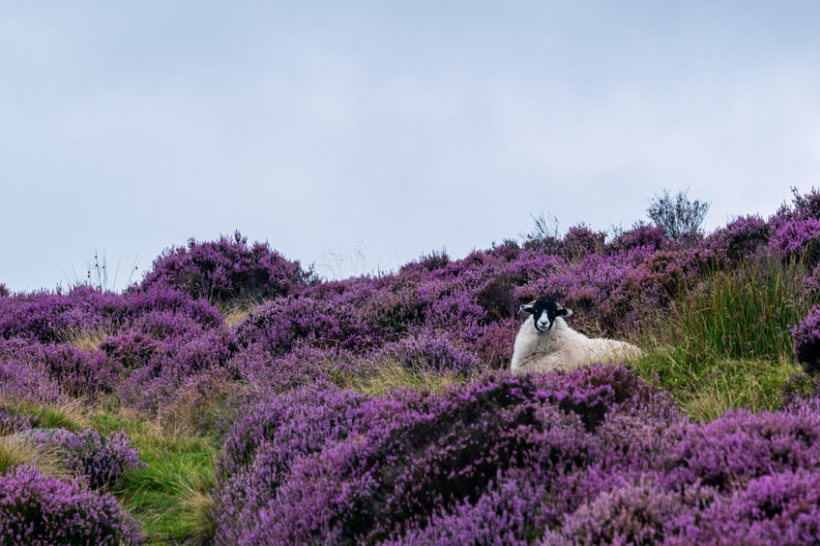
A decision by the Scottish government to postpone the rollout of muirburn licensing until autumn 2026 has been hailed as pragmatic and evidence-led by land managers.
The move comes in the wake of Scotland’s largest ever wildfire at Carrbridge and Dava, which burned for four days earlier this year and is estimated to have released 590,000 tonnes of CO2 equivalent.
Ministers acknowledged the importance of controlled muirburn in reducing fuel loads, helping land managers and firefighters contain such blazes.
Agriculture Minister Jim Fairlie MSP said the delay would “provide us with the time and opportunity to carefully consider the upcoming changes to muirburn and how these changes can be brought forward in a way which does not adversely affect our ability to prevent and respond to wildfires.”
The Wildlife Management and Muirburn (Scotland) Act introduced new licensing rules for burning heather and grass on moorland. Originally scheduled for September 2025, implementation was first pushed back to January 2026 due to challenges around measuring deep peat.
Now, following this year’s record wildfires, the scheme has been delayed again until the start of the 2026 season.
The announcement comes ahead of next week’s wildfire summit in Grantown-on-Spey, to be led by Jim Fairlie and Siobhan Brown, Minister for Community Safety.
Ross Ewing, director of moorland at Scottish Land & Estates (SLE), said estates and gamekeepers view muirburn as a vital tool in fire prevention.
“Muirburn, as carried out by estates, gamekeepers and land managers across Scotland, remains an essential tool in mitigating the growing threat of wildfires.
"Its importance to effective upland and moorland management cannot be overstated, and we welcome Jim Fairlie’s decision to listen to stakeholders and pause the introduction of licensing,” he said.
He warned that restricting muirburn could have had dangerous consequences. “Without this delay, the ability to undertake controlled muirburn would have been significantly constrained, increasing the build-up of vegetation and, in turn, the risk of wildfire.”
Ewing highlighted SLE’s report to the government on the Carrbridge and Dava fires, which revealed that at least 36 businesses, including 30 estates, deployed resources worth nearly £4 million to support firefighting efforts.
More than 110 employees and contractors took part, with private helicopters operating for 96 hours at a cost of around £240,000.
“If we make it harder for skilled land managers to carry out preventative muirburn, not only will we see fuel loads increase, but we also risk losing the very infrastructure and expertise that helped contain these recent fires. That would be catastrophic for rural Scotland.”
SLE argues that current rules are too restrictive. “The Wildlife Management and Muirburn Act sets a stringent ‘necessity’ test for muirburn licences to be granted on peatland, with a presumption in favour of alternative vegetation control methods.
"Repealing these provisions would provide a more practical framework, ensuring muirburn can be used where it is the most effective management tool, while retaining full regulatory oversight through the licensing system,” Ewing said.
SLE has also called for broader investment in wildfire resilience, including a Scotland-wide Integrated Fire Management Strategy, specialist aerial firefighting capability, and bespoke all-terrain vehicles for the Scottish Fire and Rescue Service.
